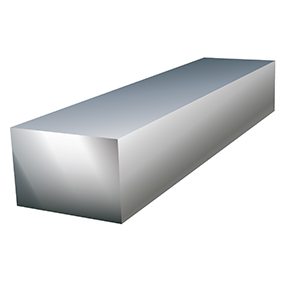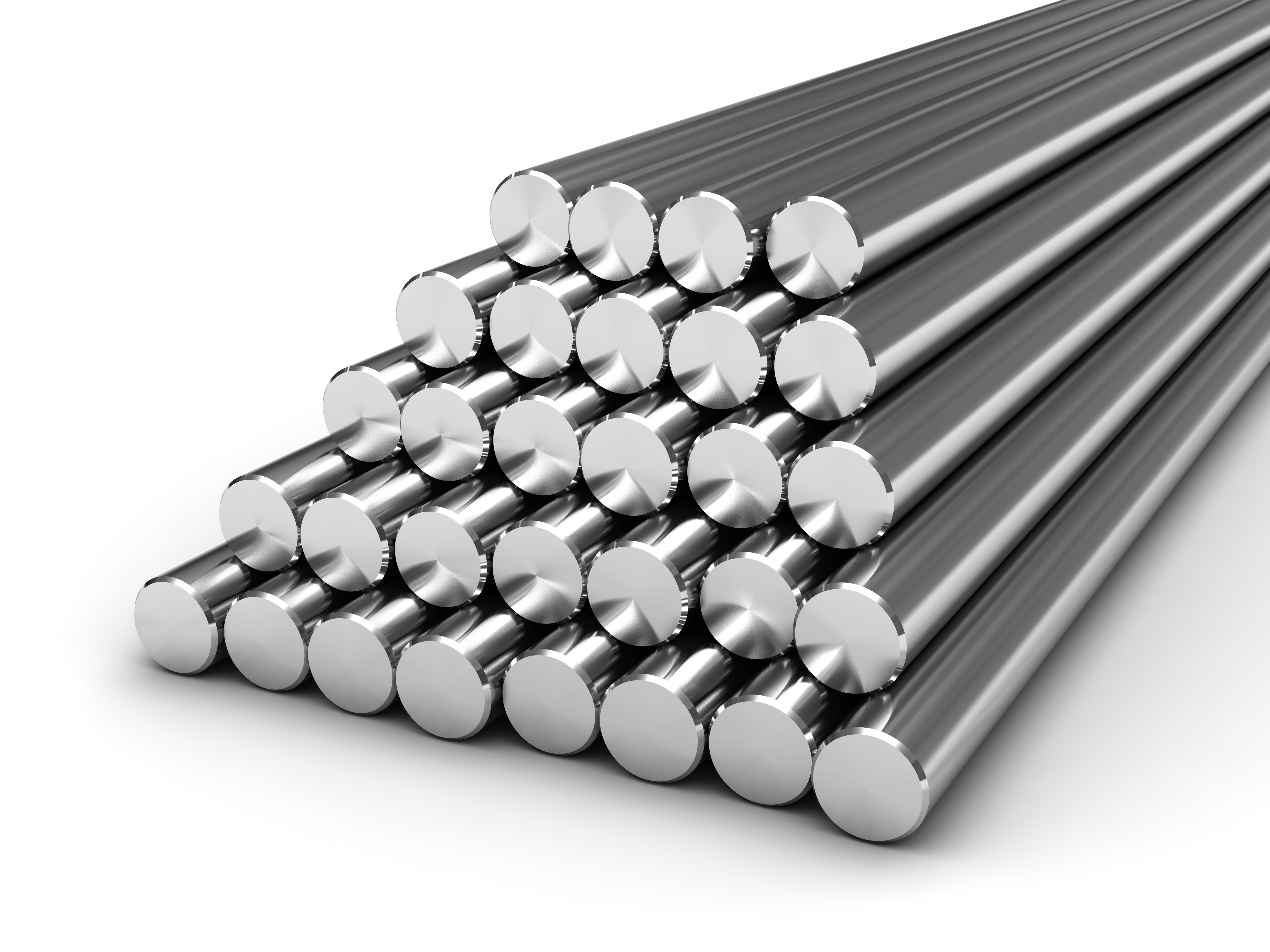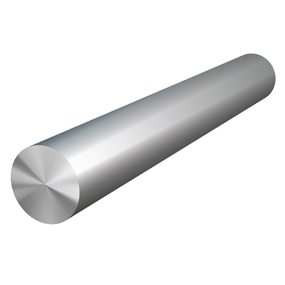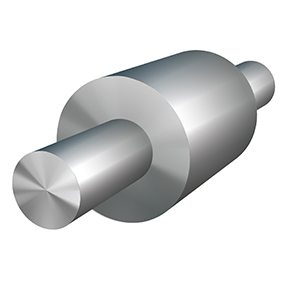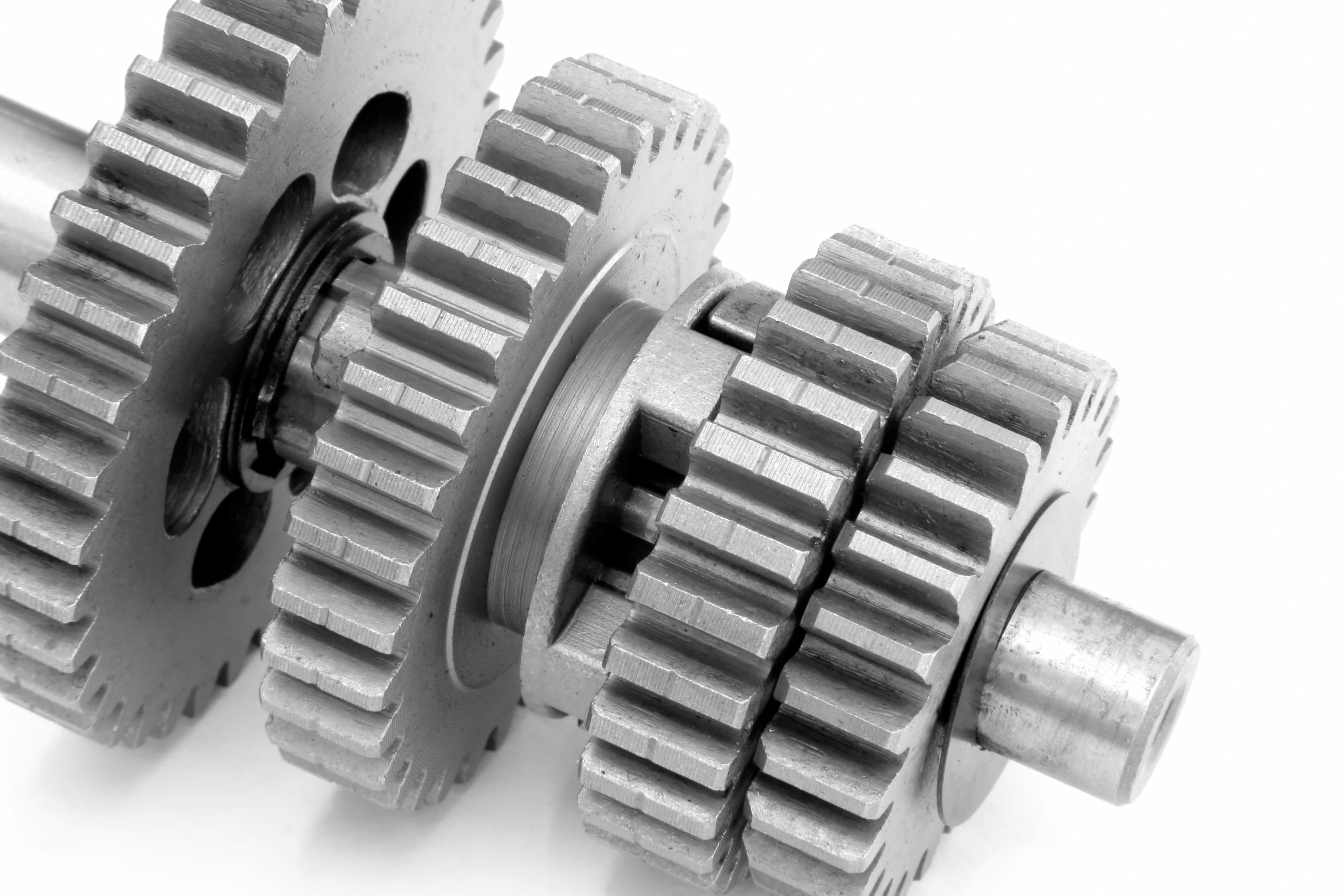Factory Cheap STEEL DISC for United States Manufacturer
Short Description:
Diameter up to 1.200 mm (smaller dias correspondingly thicker) Thickness up to 600 mm
Factory Cheap STEEL DISC for United States Manufacturer Detail:
| Diameter | up to 1.200 mm (smaller dias correspondingly thicker) |
|---|---|
| Thickness | up to 600 mm |
Product detail pictures:
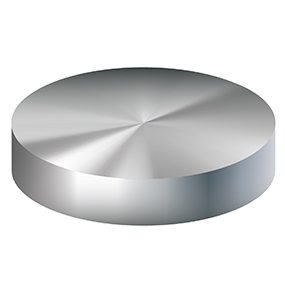
Factory Cheap STEEL DISC for United States Manufacturer, The product will supply to all over the world, such as: , , ,
Turning a square aluminum bar round on lathe (interrupted cut).
